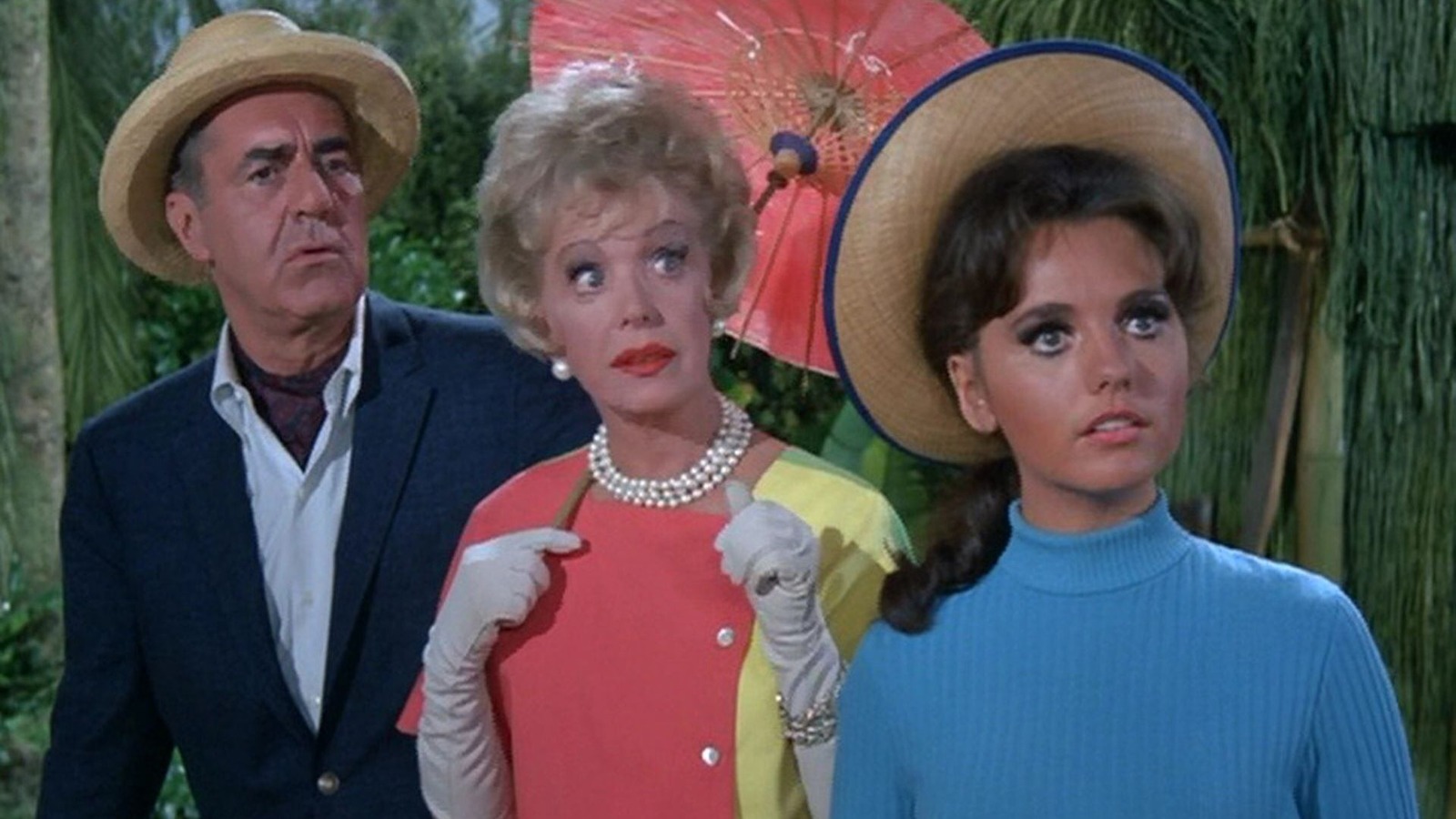
The notion that anyone aboard the S.S. Minnow would’ve brought extra clothing for a would-be short boat tour is but the tip of the iceberg when it comes to the faulty logic of “Gilligan’s Island.” Far from an oversight, the show’s creatives deliberately chose to avoid explaining its nonsense, reasoning (correctly) that it was funnier that way. Sherwood, more importantly, recognized that none of these quibbles actually mattered; he wasn’t making a grounded drama, he was making a featherlight comedy full of understated insight into the human condition.
Be that as it may, Sherwood admitted fans wouldn’t stop interrogating him about the Howells’ wardrobe in his 1994 book “Inside Gilligan’s Island: A Three-Hour Tour Through The Making Of A Television Classic.” Clarifying that they were originally the only characters “intended to have changes of costume –- and extensive changes, at that,” he added:
Parenthetically, I should say here that the second most frequently asked question about “Gilligan’s Island” is, “Where did the Howells get all those clothes on that desert island?”
The answer to that question is philosophic, like some other things in “Gilligan’s Island.” The endless wardrobe was symbolic comment. It was my way of saying rich people manage somehow to have the best of everything, no matter what the circumstances.
This is also why the show’s sympathies lie with the other characters, the hapless Gilligan (Bob Denver) especially, more than they generally do the Howells. You might not think of “Gilligan’s Island” — a show where the bumbling Gilligan and his adorably explosive boss The Skipper (Alan Hale Jr.) are constantly getting smacked on the head with coconuts (rubber ones, Sherwood clarified) — as a political series in the slightest. But look a little closer at any work of art and you may yet be surprised by what you find.


Leave a Reply